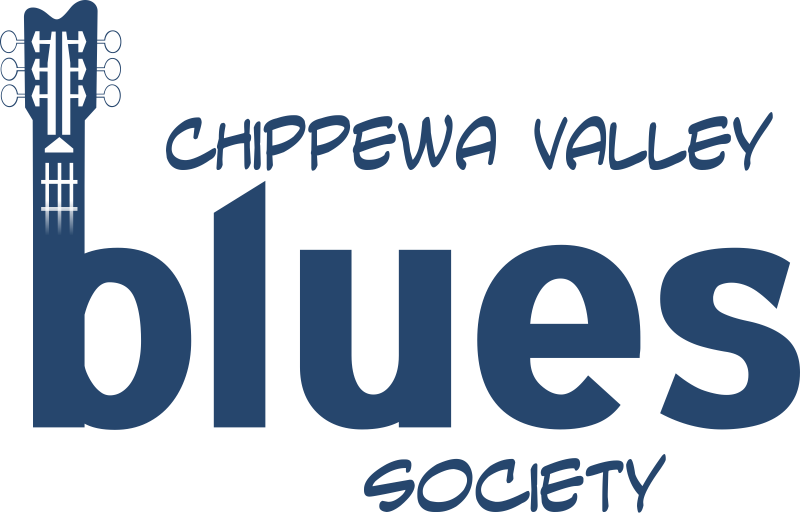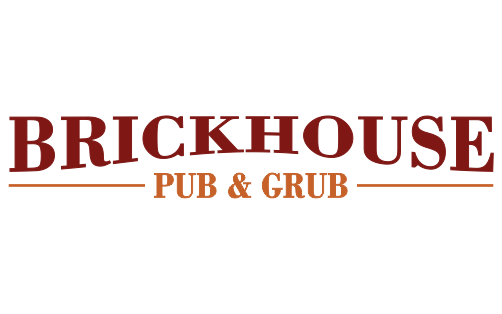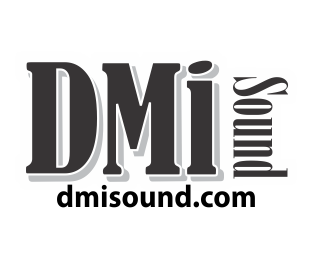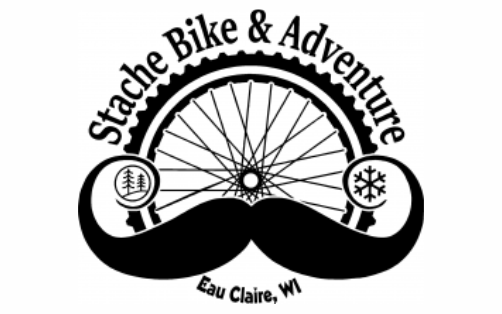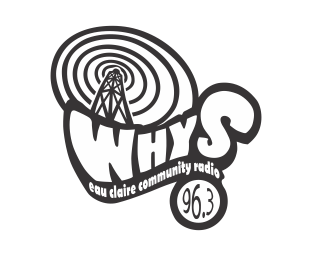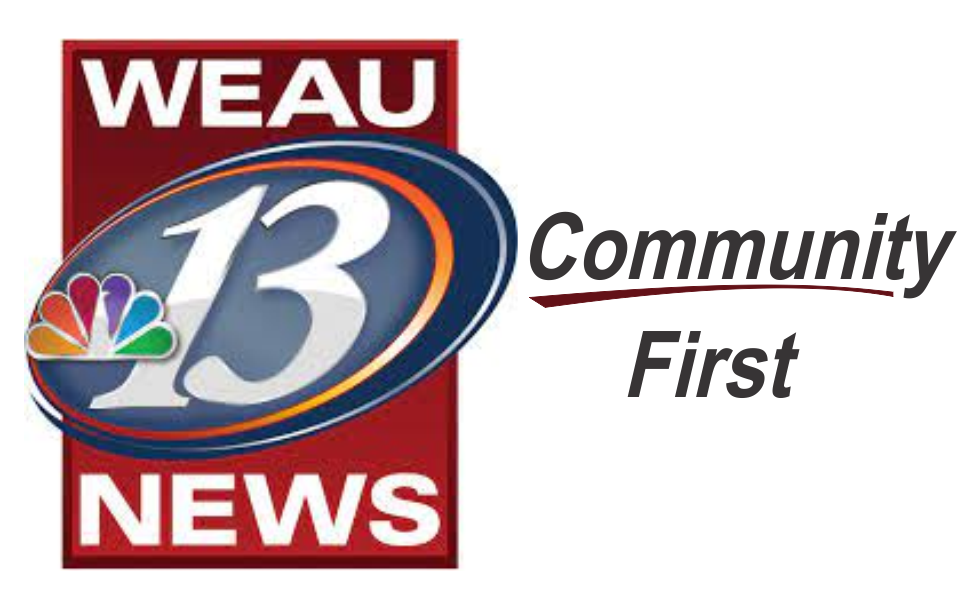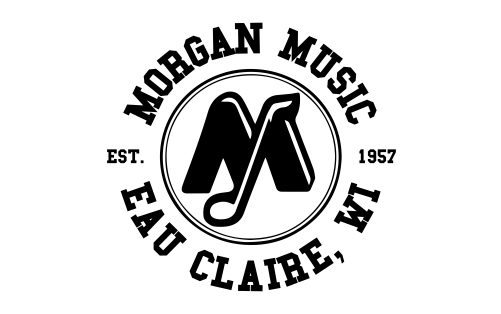November 2011
/Leaves are falling and the air is getting crisp. Summer is only a memory and a hope, a light at the end of a long tunnel. Time for caramel apples and trick or treats. The goblins and ghouls and zombies will be at the door and running from house to house. Jack-o-lanterns will be carved and casting their toothy smiles on the step. Must be time to party!
If you get this in time and have a chance, don’t miss the Sue Orfield Band at the Mabel Tainter Theater in Menomonie on Friday, Oct. 28. These guys are great! Surrounded by Mike Schlenker on guitar, Randy Sinz on bas, and Dave Schrader keeping the beat, Sue blows the meanest sax in the Midwest. Sue was recently featured on the cover of West Wisconsin magazine.
Oct 28 you can also catch Left Wing Bourbon at The Mousetrap in Eau Claire, possibly the best funk & blues group around.
If you can’t make it to the Tainter and enjoy live music in the middle of the day catch Sue with AcoustiHoo at Obsessions Chocolate’s Chocolate Lounge on Saturday, Nov. 5 from 2 – 4 p.m. This excellent group of musicians include Luke Fischer on guitar & vocals, Olaf Lind on fiddle & mandolin, and Josh Gallagher on keyboard. They kick out an eclectic mix of tunes and are a real treat!
On Oct. 29 The Pumps are playing at the Eagle’s Nest in Boyceville and Lucas K & the Coolhand Saints will be playing at The Sheely House in Chippewa Falls.
On the 30 Ross William Perry will be hosting a CD release party at Shari’s Chippewa Club in
Durand. The Jonestones will be playing at the Bottle & Barrel that night as well.
That just about gets us to November. There is a lot to do around the area to get you out of the house. Be sure to check out our website for band schedules and links. http://www.chippewavalleyblues.com/
A little history for ya!
Singer, songwriter, and guitarist Keb' Mo' is considered one of the brightest new stars in the blues genre. Since his 1994 debut on the OKeh label, he has won numerous awards and has expanded his work to include television and film soundtracks as well as frequent concert appearances. His unique melding of traditional blues with more recent elements, from pop to rock, have won critical praise and propelled Mo's recordings to the top of the charts.
Born Kevin Moore in Compton, California, in 1952, Mo' grew up steeped in the musical traditions that his extended family had brought from the Deep South. He listened to blues recordings and R&B on the local radio station, and heard gospel music every Sunday at the Baptist church his family attended. By age ten, he was recruited into his school band, where he began on trumpet. The young musician went on to try steel drums and other percussion instruments, french horn, and guitar. But once he discovered guitar, Mo' knew he had found his instrument. "When I put my hand on the guitar the first time, that was it,". During the early 1970s Mo' began to find modest success as a backup musician. In 1973 he joined a blues-rock group headed by Papa John Creach,. It wasn't until 1990 that Mo' got the break that would turn his career around. The casting director for a theater production in Los Angeles, needed an actor who could play a Delta blues musician. So successful was his performance that Mo' was cast in another bluesman role in the play Spunk. These roles led to solo engagements that boosted Mo's popularity. His exposure to Delta music prompted him to go back to study the blues classics. Among his most important blues influences were the legendary Robert Johnson and contemporary giant Taj Mahal.
In 1994 Mo' signed with Epic Records on their newly revived blues label, OKeh. That year he released his debut album, Keb' Mo', which was his new professional name. The record earned glowing reviews. The success of Keb' Mo' led to more engagements at music festivals, clubs, and coffeehouses. Mo' began opening for such big stars as Jeff Beck, Carlos Santana, Buddy Guy, Joe Cocker, and George Clinton. In 1996 Mo' released his second album, Just Like You, which won a Grammy Award for Best Contemporary Blues Album--as did his next release, Slow Down, in 1998. Mo's music could soon be heard everywhere--on radio; on the television series Touched By an Angel and the CBS drama The Promised Land; on several film soundtracks, including One Fine Day, Tin Cup, and Down in the Delta; and on the concert stage, as Mo' shared star billing with such performers as Bonnie Raitt and Celine Dion. Many leading artists covered Mo's songs, from Joe Cocker with "Has Anybody Seen My Girl," to B. B. King with "Dangerous Mood."
Mo' has also covered the Hank Williams hit "I'm So Lonesome I Could Cry," for a tribute album to the great country-western star. Comfortable with his melding of the old and the new, Mo' has said simply, "I trust my instincts and go with them," according to Down Beat magazine. "It's important to respect the elders and study them," he added, "but it's just as important to do your own thing."
Awards: Blues Artist of the Year, 1996; Grammy Awards, Best Contemporary Blues Album, 1996 and 1998. Taken from www.answers.com/topic/keb-mo
The next Chippewa Valley Blues Society meeting will be at Pizza Plus / Bottle & Barrel, in downtown Eau Claire 7 p.m. Tuesday, Nov. 8th, hope you can make it.
Thanks for lending me an ear! See ya around!
